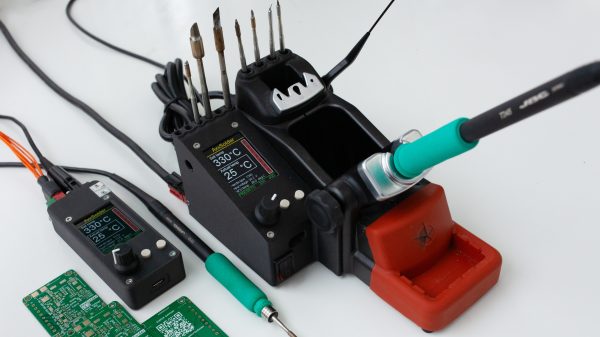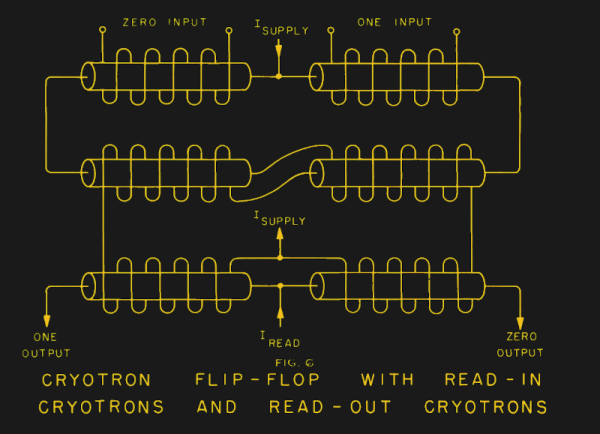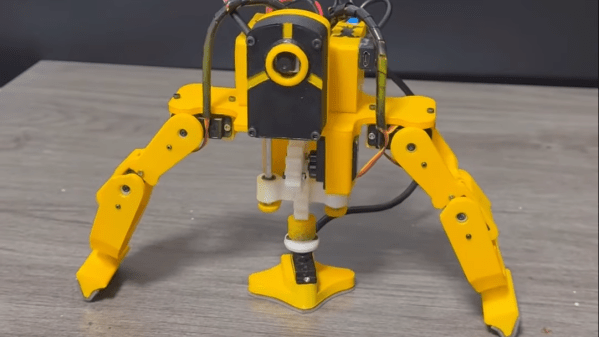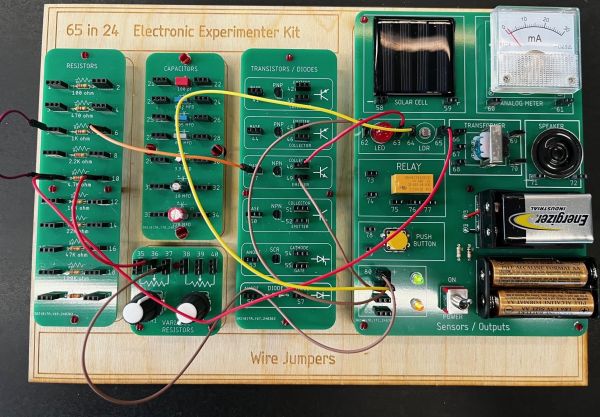If you’re big into the soldering iron scene, you’ve probably heard of the AxxSolder project. Now, it’s been updated with a whole host of nifty new features. It’s AxxSolder 3.0!
If you’re not intimately familiar with AxxSolder, it’s an open-source iron design based around the popular JBC soldering iron tips. Relying on the STM32G431CBT6 to run the show, it comes in two versions—a lightweight portable design, and a desktop version based around the JBC ADS soldering iron stand. So far, so familiar.
The new 3.0 version adds new functionality, however. Where the previous model ran off any old DC power source from 9 to 26 volts, the new version can run off a USB Power Delivery supply. Thus, you can grab any old USB-PD device, like a laptop charger, and run your iron off that.
The new version also uses a larger color TFT screen with some buttons added on as an improved user interface. Thermal performance is improved, and it’s additionally capable of measuring the current draw by the tip, so you can monitor the performance of the iron in great detail.
We’ve featured the AxxSolder project previously, too, along with some other great soldering iron projects. If you reckon you’ve just designed the hottest new soldering tool yourself, let us know about it!



















